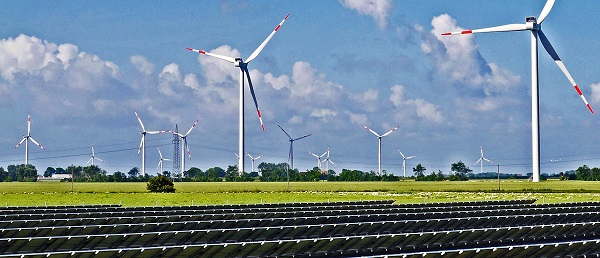Uncategorized
Venezuela’s Guaido declares himself president amid protests

CARACAS, Venezuela — Venezuelan opposition leader Juan Guaido declared himself interim president in a defiant speech Wednesday before masses of anti-government demonstrators who took to the streets to demand President Nicolas Maduro’s resignation.
Guaido immediately drew recognition from the Trump administration, which said it would use the “full weight” of U.S. economic and diplomatic power to push for the restoration of Venezuela’s democracy.
Raising his right hand in union with tens of thousands of supporters, the head of the opposition-controlled congress took a symbolic oath before God to assume executive powers he says are his right under Venezuela’s constitution and take over the presidency until new elections can be called.
Guaido said he was taking the politically risky step just two weeks after Maduro took his own oath to a second six-year term confident that it was the only way to rescue Venezuela from “dictatorship” and restore
“We know that this will have consequences,” Guaido, 35, told the cheering crowd standing before a lectern emblazoned with Venezuela’s national coat of arms.
“To be able to achieve this task and to re-establish the constitution we need the agreement of all Venezuelans,” he shouted.
The declaration came as tens of thousands of anti-government demonstrators poured into the streets Wednesday accusing embattled Maduro of usurping power and demanding he step down as the country reels from a crushing economic crisis forcing millions to flee or go hungry.
Large crowds of protesters gathered in Caracas waving flags and chanting “Get out Maduro!” in what was the largest demonstration since a wave of unrest that left more than 120 dead in 2017.
Pro-government demonstrators dressed in red in support of Maduro were also marching in the capital, at times crossing paths with opposition protesters and shouting “sell outs” and “traitors.” National guardsmen launched tear gas at anti-government protesters in the middle-class
“Join us!” the protesters cried out to a line of officers wearing helmets and carrying shields. “You are also living this crisis!”
The protest is considered a crucial test for the reinvigorated opposition as it seeks to send a forceful message that Maduro no longer has the people’s backing and appeals to the military and the poor to shift loyalties that until recently looked solidly behind the president. The protests were called to coincide with an historic date for Venezuelans — the anniversary of the 1958 coup that overthrew military dictator Marcos Perez Jimenez.
“The democratic forces are here advancing,” opposition leader Maria Corina Machado said as she marched. “Not so that Maduro changes but so that he leaves.”
President Donald J. Trump in a statement called on other Western hemisphere governments to join him in recognizing Guaido.
“The people of Venezuela have courageously spoken out against Maduro and his regime and demanded freedom and the rule of law,” Trump said.
The demonstration comes after a whirlwind week that saw an uprising by a tiny military unit put down by government forces, fires set during protests in poor
Guaido, who is took the reins from a long list of better-known predecessors who have been exiled, outlawed or jailed, was dragged from an SUV just over a week ago by intelligence agents but was quickly released amid an international outcry.
Driving the crisis was Maduro’s decision to ignore international opposition and take the presidential oath on Jan. 10 for a second term widely considered illegitimate after his main opponents were banned from running against him.
Over the last two nights, Venezuelans angry over their country’s spiraling hyperinflation, and food and medical shortages have gathered in the streets banging pots and pans and setting up barricades in protest. In the city of San Felix, residents set fire to a statue of Maduro’s mentor and predecessor, the late Hugo Chavez.
In the southern city of Ciudad Bolivar, a 30-year-old worker, Carlos Olivares, was killed when four unidentified men descended from a beige Jeep and fired upon a crowd that was looting a store. Two more unidentified people were also killed, according to a police report of the incident, while two were injured.
For much of the past two years, following a deadly crackdown on the 2017 protests and the failure of negotiations ahead of last May’s boycotted presidential election, the coalition of opposition parties has been badly divided over strategy and other differences as millions of desperate Venezuelans fled the country’s hyperinflation and widespread food shortages. But buoyed by unprecedented international criticism of Maduro, anti-government forces have put aside their infighting and are projecting a united front.
In the run-up to Wednesday’s protests, Guaido crisscrossed Caracas attending outdoor assemblies known as “open cobildos” — for the revolutionary citizen councils held against Spanish colonial rule — pumping up crowds by arguing that Maduro must go for democracy to be restored.
“We are tired of this disaster,” he said Monday from the roof of a college building. “We know this isn’t a fight of a single day but one that requires lots of resistance.”
An enthusiastic crowd of students answered with shouts of “Freedom!”
Guaido has been targeting his message to Venezuela’s military, the traditional arbiter of political disputes.
Maduro, who lacks the military pedigree of his mentor, Chavez, has sought to shore up support from the armed forces by doling out key posts to top generals, including heading the PDVSA oil monopoly that is the source of virtually all of Venezuela’s export earnings. He has also been playing commander in chief, appearing last week at a military command meeting wearing camouflage fatigues and receiving the blessing of the
But beyond the public displays of loyalty from the top brass, a number of cracks have started to appear.
On Monday, Venezuelans awoke to news that a few dozen national guardsmen had taken captive a loyalist officer and seized a stockpile of assault rifles in a pre-dawn raid. The government quickly quelled the uprising, but residents in a nearby slum took to the streets to show their support for the mutineers by burning cars and throwing stones at security forces, who fired back with tear gas.
Disturbances continued into Tuesday, with small pockets of unrest in a few working-class
“People are tired of so much misery,” said Carmen Marcano, holding up her shirt to show seven buckshot wounds suffered during the clashes in the Cotiza slum next to where the rebellious guardsmen were captured.
Retired Maj. Gen. Cliver Alcala, a one-time aide to Chavez and now in exile, said the opposition’s newfound momentum has reverberated with the military’s lower ranks, many of whom are suffering the same hardships as regular Venezuelan families.
“I am absolutely certain that right now, especially younger troops are asking themselves whether Maduro is their commander in chief or a usurper,” Alcala said. “As we say in the barracks, hunger is the only thing that can devour fear of the government.”
Maduro has accused the opposition of inciting violence with the aim of provoking a bloodbath.
“I demand the full
Though intimidation has worked for the government in the past, it may not this time, said Dimitris Pantoulas, a Caracas-based political analyst. Discontent now appears to be more widespread and the ranks of security forces and government-allied groups have been thinned by the mass exodus of mostly young Venezuelans, he said.
“The government is resorting to its old tricks, but the people no longer believe them,” Pantoulas said.
___
Associated Press writers Fabiola Sanchez in Caracas and Christine Armario in Bogota, Colombia, contributed to this report.
___
Joshua Goodman on Twitter: https://twitter.com/APjoshgoodman
Joshua Goodman, The Associated Press
Uncategorized
Cost of bureaucracy balloons 80 per cent in 10 years: Public Accounts
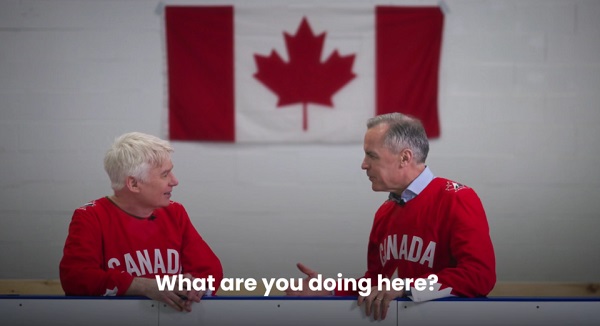
The cost of the bureaucracy increased by $6 billion last year, according to newly released numbers in Public Accounts disclosures. The Canadian Taxpayers Federation is calling on Prime Minister Mark Carney to immediately shrink the bureaucracy.
“The Public Accounts show the cost of the federal bureaucracy is out of control,” said Franco Terrazzano, CTF Federal Director. “Tinkering around the edges won’t cut it, Carney needs to take urgent action to shrink the bloated federal bureaucracy.”
The federal bureaucracy cost taxpayers $71.4 billion in 2024-25, according to the Public Accounts. The cost of the federal bureaucracy increased by $6 billion, or more than nine per cent, over the last year.
The federal bureaucracy cost taxpayers $39.6 billion in 2015-16, according to the Public Accounts. That means the cost of the federal bureaucracy increased 80 per cent over the last 10 years. The government added 99,000 extra bureaucrats between 2015-16 and 2024-25.
Half of Canadians say federal services have gotten worse since 2016, despite the massive increase in the federal bureaucracy, according to a Leger poll.
Not only has the size of the bureaucracy increased, the cost of consultants, contractors and outsourcing has increased as well. The government spent $23.1 billion on “professional and special services” last year, according to the Public Accounts. That’s an 11 per cent increase over the previous year. The government’s spending on professional and special services more than doubled since 2015-16.
“Taxpayers should not be paying way more for in-house government bureaucrats and way more for outside help,” Terrazzano said. “Mere promises to find minor savings in the federal bureaucracy won’t fix Canada’s finances.
“Taxpayers need Carney to take urgent action and significantly cut the number of bureaucrats now.”
Table: Cost of bureaucracy and professional and special services, Public Accounts
| Year | Bureaucracy | Professional and special services |
|
$71,369,677,000 |
$23,145,218,000 |
|
|
$65,326,643,000 |
$20,771,477,000 |
|
|
$56,467,851,000 |
$18,591,373,000 |
|
|
$60,676,243,000 |
$17,511,078,000 |
|
|
$52,984,272,000 |
$14,720,455,000 |
|
|
$46,349,166,000 |
$13,334,341,000 |
|
|
$46,131,628,000 |
$12,940,395,000 |
|
|
$45,262,821,000 |
$12,950,619,000 |
|
|
$38,909,594,000 |
$11,910,257,000 |
|
|
$39,616,656,000 |
$11,082,974,000 |
Uncategorized
Trump Admin Establishing Council To Make Buildings Beautiful Again
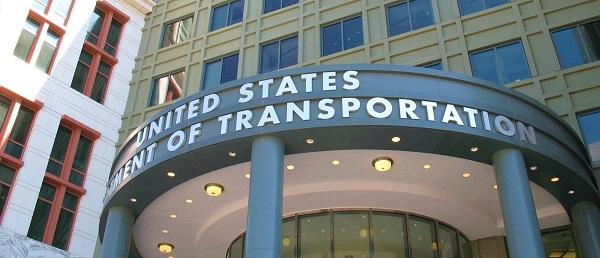

From the Daily Caller News Foundation
By Jason Hopkins
The Trump administration is creating a first-of-its-kind task force aimed at ushering in a new “Golden Age” of beautiful infrastructure across the U.S.
The Department of Transportation (DOT) will announce the establishment of the Beautifying Transportation Infrastructure Council (BTIC) on Thursday, the Daily Caller News Foundation exclusively learned. The BTIC seeks to advise Transportation Secretary Sean Duffy on design and policy ideas for key infrastructure projects, including highways, bridges and transit hubs.
“What happened to our country’s proud tradition of building great, big, beautiful things?” Duffy said in a statement shared with the DCNF. “It’s time the design for America’s latest infrastructure projects reflects our nation’s strength, pride, and promise.”
“We’re engaging the best and brightest minds in architectural design and engineering to make beautiful structures that move you and bring about a new Golden Age of Transportation,” Duffy continued.
Mini scoop – here is the DOT’s rollout of its Beautifying Transportation Infrastructure Council, which will be tasked with making our buildings beautiful again. pic.twitter.com/
9iV2xSxdJM — Jason Hopkins (@jasonhopkinsdc) October 23, 2025
The DOT is encouraging nominations of the country’s best architects, urban planners, artists and others to serve on the council, according to the department. While ensuring that efficiency and safety remain a top priority, the BTIC will provide guidance on projects that “enhance” public areas and develop aesthetic performance metrics.
The new council aligns with an executive order signed by President Donald Trump in August 2025 regarding infrastructure. The “Making Federal Architecture Beautiful Again” order calls for federal public buildings in the country to “respect regional architectural heritage” and aims to prevent federal construction projects from using modernist and brutalist architecture styles, instead returning to a classical style.
“The Founders, in line with great societies before them, attached great importance to Federal civic architecture,” Trump’s order stated. “They wanted America’s public buildings to inspire the American people and encourage civic virtue.”
“President George Washington and Secretary of State Thomas Jefferson consciously modeled the most important buildings in Washington, D.C., on the classical architecture of ancient Athens and Rome,” the order continued. “Because of their proven ability to meet these requirements, classical and traditional architecture are preferred modes of architectural design.”
The DOT invested millions in major infrastructure projects since Trump’s return to the White House. Duffy announced in August a $43 million transformation initiative of the New York Penn Station in New York City and in September unveiledmajor progress in the rehabilitation and modernization of Washington Union Station in Washington, D.C.
The BTIC will comprise up to 11 members who will serve two-year terms, with the chance to be reappointed, according to the DOT. The task force will meet biannually. The deadline for nominations will end Nov. 21.
-

 Crime2 days ago
Crime2 days agoBrown University shooter dead of apparent self-inflicted gunshot wound
-
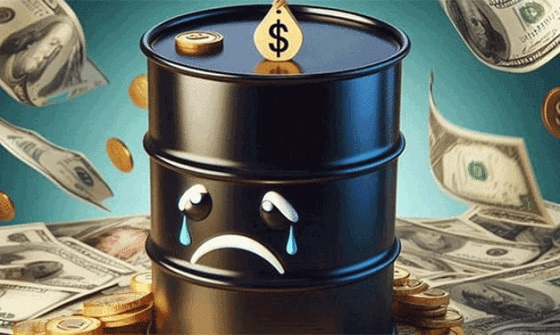
 Business14 hours ago
Business14 hours agoGeopolitics no longer drives oil prices the way it used to
-

 Alberta1 day ago
Alberta1 day agoAlberta’s new diagnostic policy appears to meet standard for Canada Health Act compliance
-
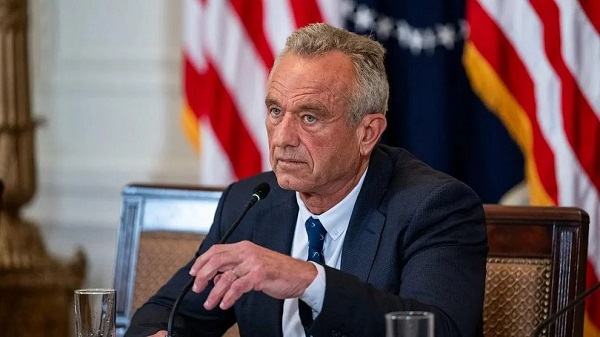
 Health1 day ago
Health1 day agoRFK Jr reversing Biden-era policies on gender transition care for minors
-

 Business2 days ago
Business2 days agoTrump signs order reclassifying marijuana as Schedule III drug
-
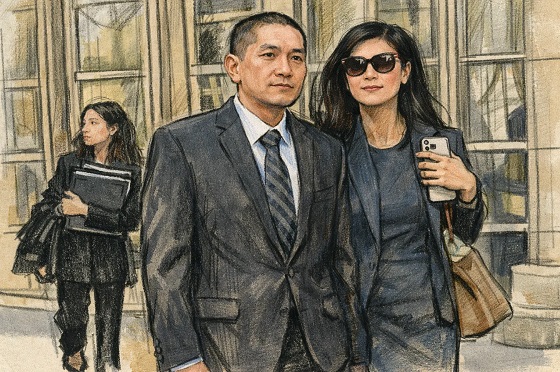
 Business14 hours ago
Business14 hours agoDeadlocked Jury Zeroes In on Alleged US$40 Million PPE Fraud in Linda Sun PRC Influence Case
-

 COVID-1924 hours ago
COVID-1924 hours agoFreedom Convoy protester appeals after judge dismissed challenge to frozen bank accounts
-

 Censorship Industrial Complex24 hours ago
Censorship Industrial Complex24 hours agoCanadian university censors free speech advocate who spoke out against Indigenous ‘mass grave’ hoax





